Stanley & Morley - Hyacinthoides
w/e 06 May 2018
All of this week's pictures were
taken with a Kodak DX6490
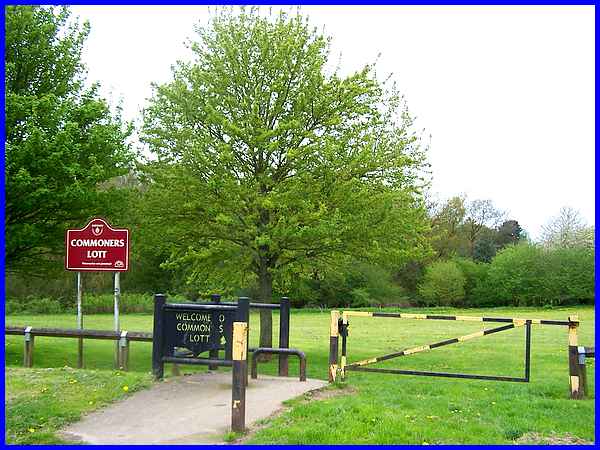
We went to the woods this week to see some hyacinthoides - that's
bluebells to you and me - and started at Commoners Lott in Stanley
Common.
|
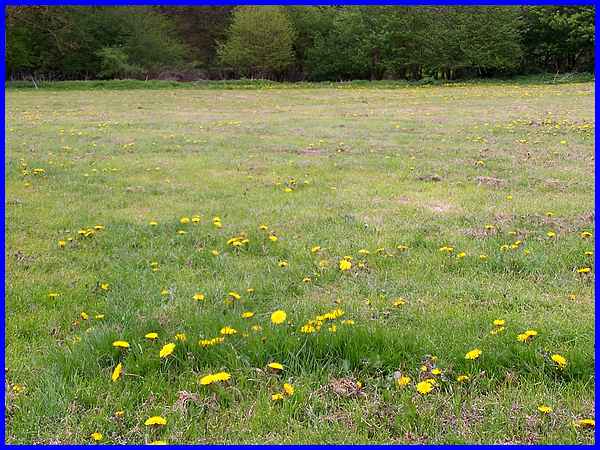
The green open space at the moment is awash with a host of golden,
no not daffodils, but dandelions.
|
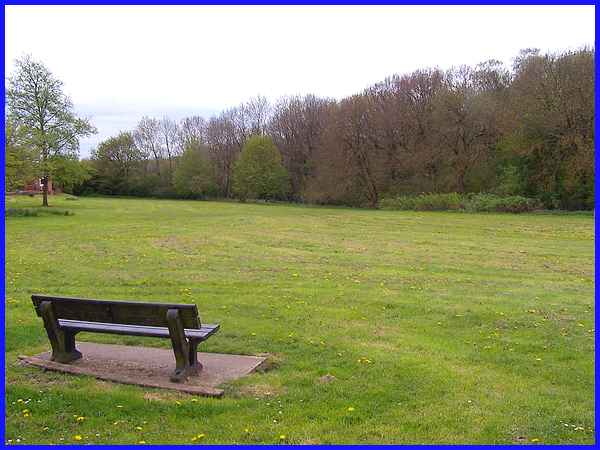
Although in the parish of Stanley and Stanley Common, the area
is also known as Smalley Common but the actual parish of Smalley
is a few hundred yards away. The wood on the far side of Commoners
Lott is also across the parish boundary but is in the Morley
parish.
|
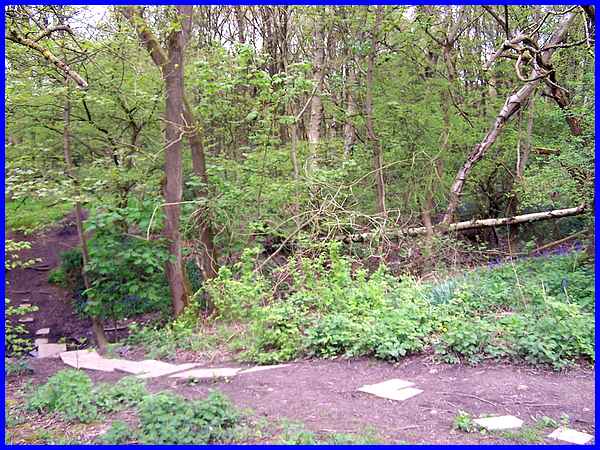
This is Morleyhayes Wood and although privately owned access
can be gained to it down some rough steps and crossing a small
water course, Stanley Brook.
|
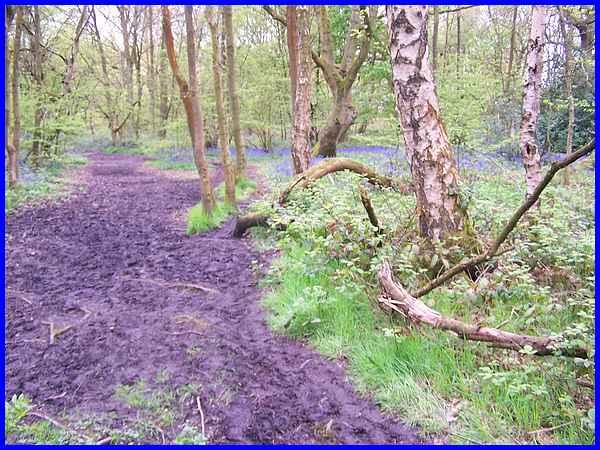
There are several winding paths through the wood and the soft
ground following the recent wet weather showed numerous footprints
indicating the passage of many local people.
|
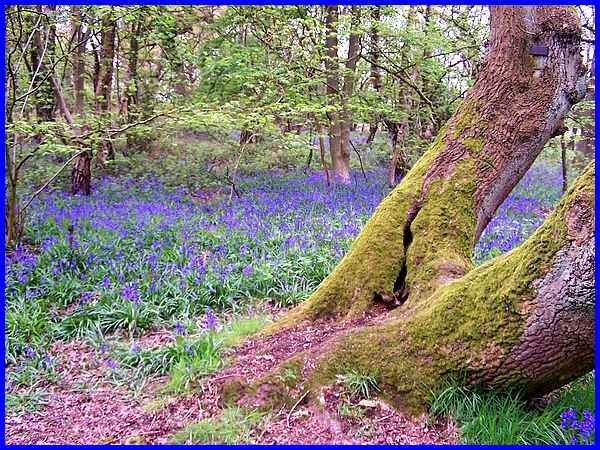
And when you see the millions of bluebells it is easy to understand
why the wood is so popular.
|
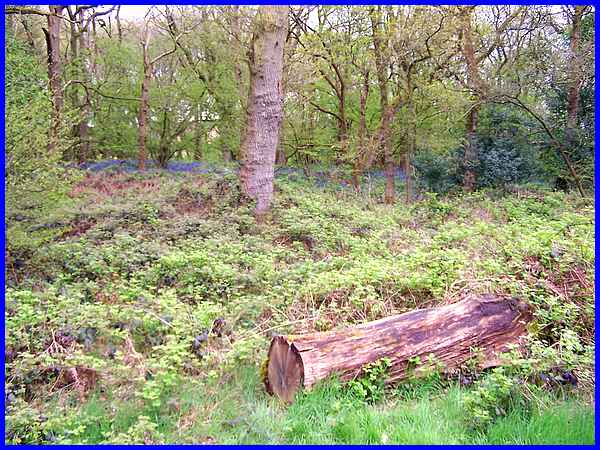
Clearings in the wood show plenty of new growth as the season
warms up but bluebells are never very far away.
|
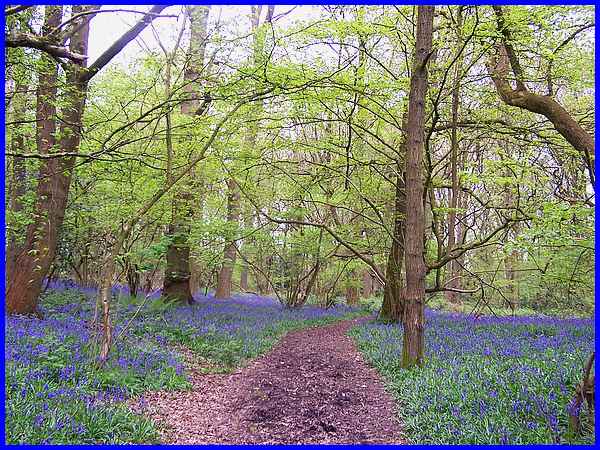
Walking further into the wood, the spring flowers become ever
more abundant.
|
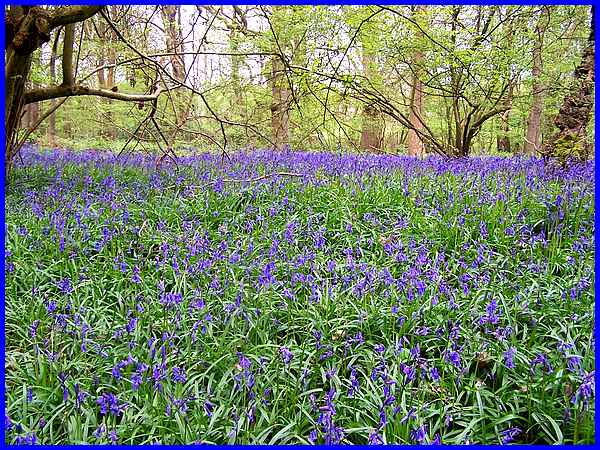
There are three specie of bluebell, the native British (Hyacinthoides
non-scripta), the Spanish bluebell (Hyacinthoides hispanica)
which was introduced as a garden variety but has since spread
and cross bred to form a hybrid species (Hyacinthoides x massartiana).
In woods all over the country in spring they cover the ground
like a sea of blue and green.
|
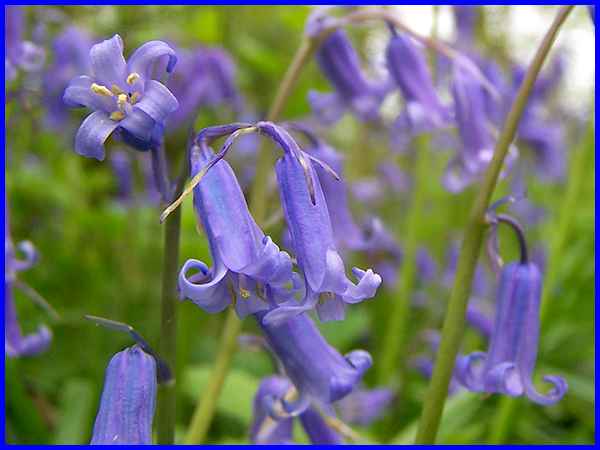
Often it is not easy to distinguish between the species but a
rule of thumb is that if the flowers are all on one side and
droop from the stem, it is British and if the stem is upright
with flowers all around it is Spanish but they also sometimes
droop. To learn more about the differences see the Woodland Trust's website.
|

